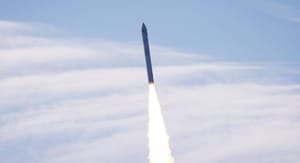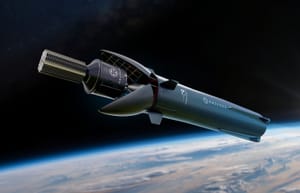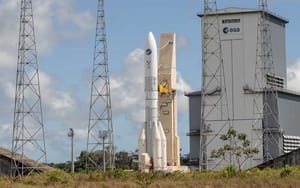
Mar 27, 2024
The Future of Arianespace
Arianespace is a long established French aerospace company that specializes in delivering satellites to a variety of orbits. They were established within a power vacuum allowing them to thrive and have developed alongside CNES and ESA to develop European space capabilities.
With the upcoming launch of Ariane 6, a long awaited rocket, many are posing the question: Is Arianespace falling behind? For some, it's less of a question then a fact.
The stated motivation for Ariane 6 when it was first conceptualized was to cut in half the cost compared to Ariane 5, while increasing the capacity for the number of launches per year from around 5-6 to 10-12. Since then SpaceX has launched a couple launches short of 100 rockets a year in 2023. SpaceX has brought down the cost of space and to many it makes older legacy companies seem outdated.
Ariane 6 already will be able to compete in a much less developed market for European governmental payloads, have several contracts from Project Kuiper readily available, while expanding their capabilities.

Lets look at how Arianespace is adapting in this changing landscape of reusability.
Due to Ariane 6 being an established architecture this far in development it is impossible and unrealistic to expect Arianespace to simply drop it and develop a falcon 9 like vehicle. The Ariane 6 rocket was crafted for utmost flexibility, capable of executing a diverse array of missions across all orbital paths. Moreover, its design facilitates continual adaptation through the integration of new technologies, owing to its modular structure.
Ariane 6 ultimately was built to be a Swiss-army knife for the European launch market so that it could cover a wide array of usecases. It can reach low, medium, geostationary, sun synchronous, polar, to Lagrange points, the moon or deep space. Due to the two booster configuration vs four booster configuratio, large fairing, payload adapters etc. Ariane 6 also acknowledged the rise in constellations with its reignitable Vinci upper stage for optimization and flexibility.
To remain competitive though and to reduce monopolies it is likely that we will see Europe take on legislation to provide funding towards companies like Arianespace. This will help avoid market disruptions while ensuring a smoother transition to more innovative architecture. This involves modifications such as the Astris kick stage, Multi Launch System for rideshare services, a new ultralight Innovative Carbon ARiane Upper Stage (Icarus) making use of carbon composites. Contracts are already underway and are expected to come online alongside the Ariane 6.
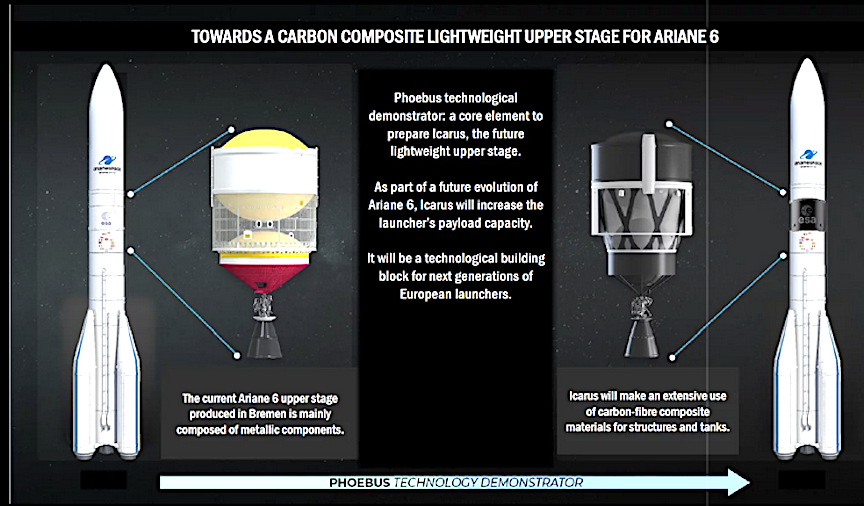
Arianespace also plans an upgraded booster, the P120+ solid rocket motor. This will be a slightly lengthened version of the existing booster and improve upon the Ariane 6 giving it increased capabilities. Ariane 6 will gain two tons from these upgraded boosters alone. Carbon composites, also known as carbon fiber reinforced polymers (CFRPs), are composite materials composed of carbon fibers embedded in a matrix material, typically epoxy resin. These materials have gained significant traction in aerospace engineering due to their exceptional strength-to-weight ratio, stiffness, and resistance to corrosion and fatigue.
One of the most significant advantages is weight reduction, a fundamental component in the rocket equation, by minimizing weight we open up more capabilities. Carbon Composites also allow for increased performance and more delta V via the weight reductions. Carbon composites exhibit exceptional stiffness and resistance to deformation allowing them to be lightweight yet robust.
Carbon composites possess excellent thermal stability. This allows them to withstand high temperatures without significant degradation, this is a vital component for upper stages which undergo intense environmental changes. Carbon composites offer designers greater flexibility in shaping and optimizing structures to meet specific performance requirements. This flexibility allows for the integration of complex geometries and tailored load-bearing characteristics, resulting in more efficient and robust spacecraft designs.
An engine in development right now but won't be seen on Ariane for a longer time is Prometheus. This engine is meant to utilize 3d printing technology, capable and optimized for reusability, and cheap to produce. Prometheus engines plan on being incorporated into the Ariane 6 to keep it even more competitive.
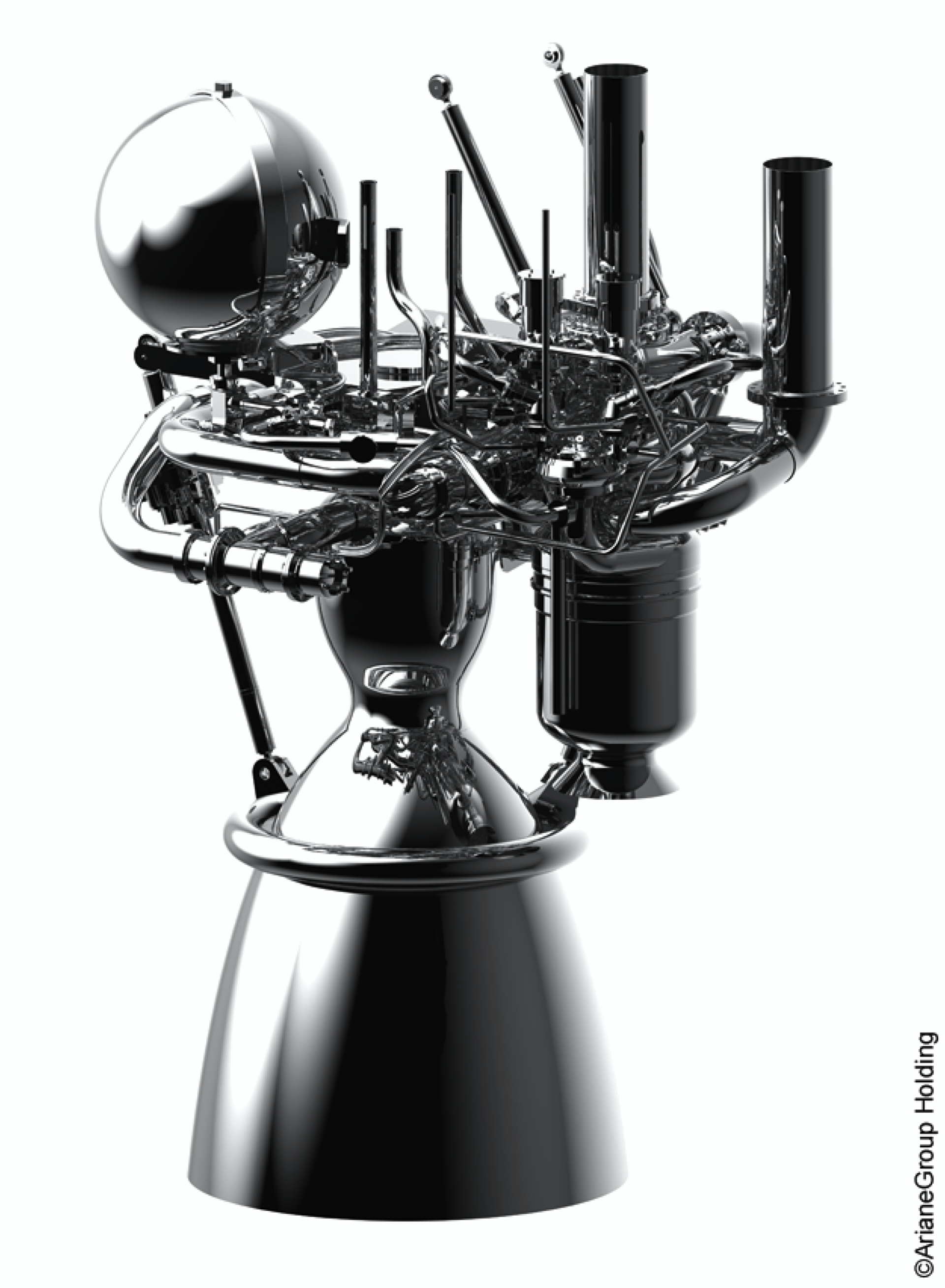
The Prometheus engine is a liquid oxygen (LOx)-methane (CH4) reusable rocket engine developed by the European Space Agency (ESA) as part of its efforts to lower the cost of access to space and increase the sustainability of spaceflight.
The development of the Prometheus engine marks a significant advancement in rocket propulsion technology. Led by the European Space Agency (ESA), the Prometheus project aims to create a reusable and cost-effective liquid methane-oxygen engine for future launch vehicles. The engine's development focuses on leveraging additive manufacturing techniques and innovative design principles to achieve high-performance capabilities while minimizing production costs. Prometheus engines are intended to be highly versatile, capable of powering various stages of space launch vehicles, including upper stages like those envisioned for the Ariane 6 rocket.
Incorporating Prometheus engines into the Ariane 6 design offers several advantages, including improved fuel efficiency, reduced environmental impact, and enhanced reusability. Moreover, the compatibility of Prometheus engines with liquid methane propellant aligns with ESA's commitment to sustainable space exploration. As development progresses, the integration of Prometheus engines into the Ariane 6 architecture promises to enhance the rocket's overall performance, reliability, and cost-effectiveness, positioning it as a competitive player in the global launch services market.
Arianespace plans on leveraging this for liquid reusable boosters, and then in the future a one stick design more aesthetically similar to a Falcon 9 type vehicle. Ariane 6 in the future will also plan on using an upper stage called SUSIE.
SUSIE is engineered as a fully-reusable spacecraft, designed for vertical takeoff and landing maneuvers. Featuring an internal cargo bay volume of 40 cubic meters, it boasts versatility, capable of accommodating up to five astronauts or carrying a maximum payload of seven tons in an automated cargo configuration. Its scalable design, without the need for significant aerodynamic adjustments, allows SUSIE to excel in various mission roles. The adaptable payload bay can be converted into additional habitable space for crew members during extended missions or replaced with propellant tanks and engines to function as a complete upper stage. For prolonged crewed missions, such as those beyond Earth orbit, the payload bay can be transformed into extra habitable volume to ensure crew comfort. Furthermore, it is envisioned to contribute to the construction of large orbital infrastructure and play a role in deorbiting end-of-life satellites and orbital debris.
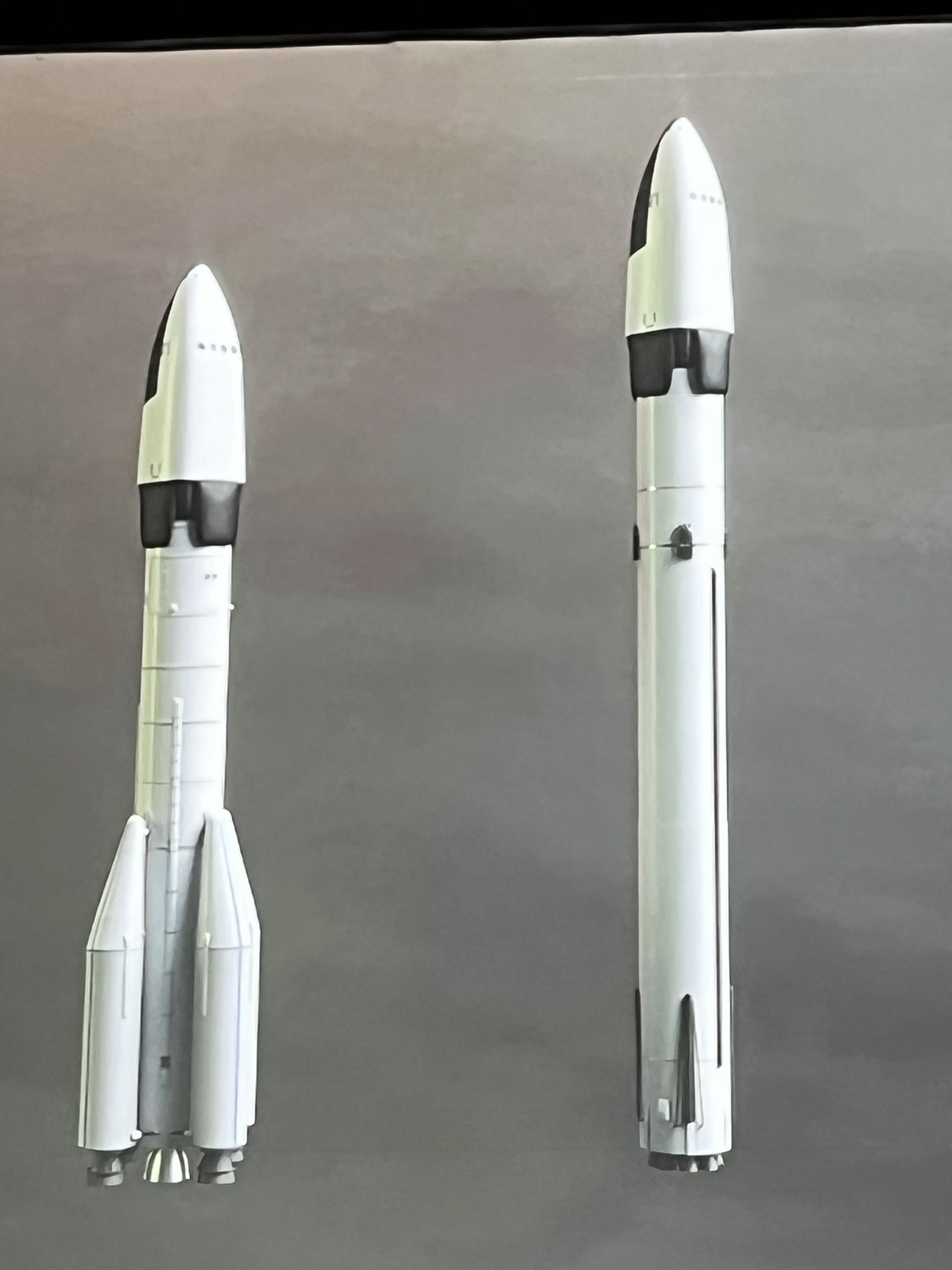
Overall, Arianespace is working with what they were given. They are adapting to a changing landscape and have several studies, mission plans, and developments rolling out to stay competitive. Even if the European launch market needs regulation in order to avoid large market disturbances from the likes of SpaceX Arianespace will adapt as the world moves towards more routine, cheaper, ecofriendly, and diverse access to space.

